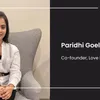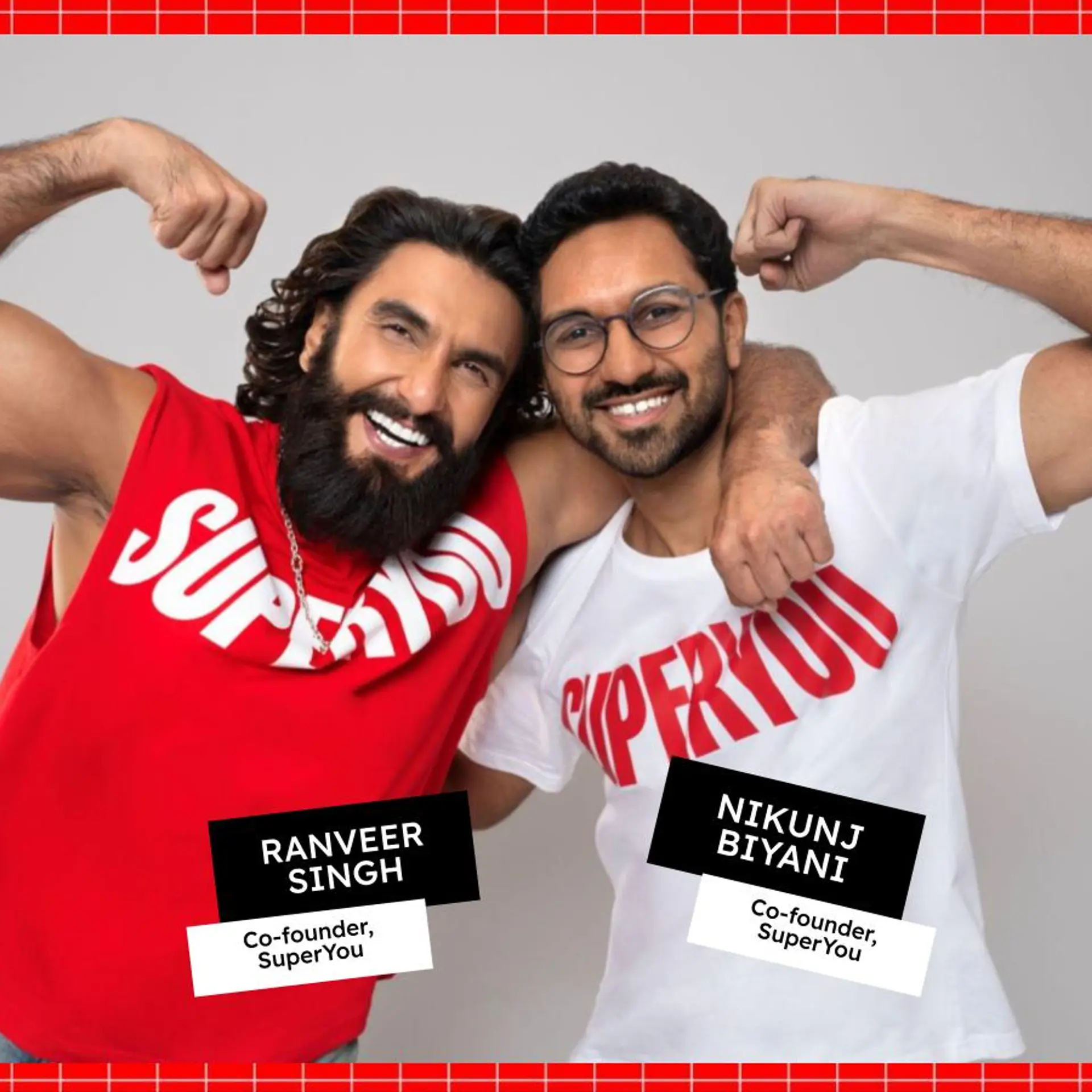India’s social commerce sector alone will be twice the size of the current ecommerce market within 10 years - Poshmark India Head
In a conversation with YourStory, Manish Chandra, Founder and CEO, Poshmark, and Anuradha Balasubramaniam, Head of Poshmark India Marketplace, talk about their India plans.
The latest entrant to India’s booming ecommerce sector is social commerce marketplace . A marketplace for buying and selling clothes, accessories, and toys - both used and new - Poshmark started its India operations recently in October.
Poshmark makes it simple and easy for anyone to sell items from their closet, enabled by a full suite of end-to-end seller tools and services, including seamless listing, merchandising, promotion, pricing, and shipping.
It also offers fun and engaging social tools under equally fun tags like Posh Parties, Posh Stories, and Reposh, which makes it easy to re-sell items in just a click. In addition, Poshmark’s Indian community members stand to benefit from its buyer protection and authentication services and PoshPost, Poshmark’s simple and easy shipping service.
The social commerce marketplace recently expanded its community and strategy beyond North America, launching in Australia in February 2021.
Poshmark first began expanding outside of the United States to Canada in May 2019, and it now has a community of over 2.5 million Canadians who together have listed products with over half a billion dollars in value. Poshmark’s scalable model and infrastructure enables continued expansion to new countries and categories in the future.
In a conversation with YourStory, Manish Chandra, Founder and CEO, Poshmark and Anuradha Balasubramaniam, Head of Poshmark India Marketplace, talk about their India plans.
YourStory (YS): Why look at India as a market for pre-loved fashion, when historically it hasn't been open to the sector? Please do share some examples
Manish Chandra (MC): Historically, India has always been a culturally rich place, where everyone thrives from togetherness and community.
I used to go to the Chandni Chowk market in Delhi with my grandfather when I was a kid in India. This experience inspired me to build Poshmark with a focus on community and allowing buyers and sellers to not only transact but connect online in an authentic way.
India has a history of thrifting and resale, from the old practice in villages where saree sellers would go around with a basket of silk sarees in localities, and women would exchange a saree from their kitty for one in the basket. The barter would continue, and everyone would benefit. Passing down traditional pieces of fashion over generations is a behavioural norm in India, and Poshmark brings that experience online.
In India, people's tastes, perceptions, and buying patterns have evolved and there is a move towards sustainability and preloved fashion. The ecommerce fashion sector is also responding to that. The shift will enable millions of consumers and sellers in India to identify the burgeoning possibility of secondhand fashion and repurpose a wide range of brands, from high-end to casual.
Anuradha Balasubramaniam (AB): India has always been a value conscious market. Embracing pre-loved fashion and sustainable consumption has been a steady movement and it gained pace, especially among the Indian youth during the pandemic. Social commerce is a global phenomenon and Poshmark sees the Indian market as an exciting new frontier to introduce its social marketplace model with its youthful userbase and focus on community.
Currently, there is no organised social marketplace where Indians can buy and sell new, pre-loved and sustainable fashion directly from each other. Poshmark offers its users this engaging, secure platform where buyers and sellers can connect, build businesses and connections, and thrive as a community.
With a strong community focus, Poshmark’s mission is to put people at the heart of commerce, empowering everyone to thrive. By combining the human connection of physical shopping with the scale, ease, and selection benefits of ecommerce, Poshmark makes buying and selling simple, social, and sustainable.
YS: There have been others in the space, what is it that you are doing different that makes you believe you can crack into the market?
MC: Poshmark is more than just an ecommerce site, it’s a social marketplace. People come to Poshmark not only to buy and sell, but to be a part of our community and to connect with others. We have a diverse, highly engaged, and loyal community built on genuine human connection and a vast curated marketplace along with end-to-end tools that make selling a superpower. This is what sets us apart from other ecommerce sites.
Additionally, we are entering India at the right time, when the demand for resale is scaling at rapid pace. At the same time, ecommerce is positioned for continued growth. Social commerce is expected to do particularly well as people look to find human connection online.
When you combine these forces, India is the perfect market fit for Poshmark.
AB: Poshmark India will bring in technology and values, empowering users to buy and sell with ease, curated feeds for a targeted shopping experience, a diverse community, and proprietary tech enabling social interactions and transactions at mass scale.
We’ve also localised the category offerings on Poshmark India so that consumers in India can buy and sell fashion that India loves. Our catalogue includes a diverse set of Indian traditional wear for men and women — from lehengas and kurtas, to sarees, dupattas and more. And most importantly, Poshmark offers a complete solution to the buyer and seller that enhances safety and simplifies payments, shipping, and more to allow the community to truly engage on the platform.
YS: What are your plans for India?
AB: International expansion is a key pillar of growth for us and India is a significant market in this endeavour. We have an established India office already with an R&D centre that has diverse teams across Engineering, Support, Data Sciences, Operations and much more.
We will continue to strengthen our teams for the India business and will be hyper focused on fostering a vibrant and engaged community in India. Poshmark’s social marketplace for new, pre-loved and sustainable fashion is an empowering and engaging offering to a diverse and multicultural community of buyers and sellers in India and is poised to lead a one-of-a-kind revolution.
YS: How do you see this market evolve and grow?
AB: There is a double digit increase in the average spend of online shoppers. The global pandemic accelerated the growth, and the ecommerce market is expected to jump 84 percent to reach $111 billion by 2024.
Indians are spending approximately 17 hours online/week (~2.5 hrs/day) on social media/networking sites/watching videos. According to a recent Bain and Co. and Sequoia India report, social commerce In India is a $1.5-$2 billion market today and will be worth as much as $20 billion in just five years—and will likely hit nearly $70 billion by 2030.
In short, India’s social commerce sector will be twice the size of the current ecommerce market within 10 years.
Additionally, the Indian market has a rapidly growing base of sustainability and value conscious consumers. We are at the right place and at the right time with a unique offering.
Edited by Anju Narayanan



![[YS Exclusive] Payments on WhatsApp can help promote UPI ecosystem: Manesh Mahatme, Director, WhatsApp Payments India](https://images.yourstory.com/cs/2/a9efa9c02dd911e9adc52d913c55075e/FinalImagesdrive-1638978036846.jpg?fm=png&auto=format&h=100&w=100&crop=entropy&fit=crop)

![[HS Conversations] Mother, wife and now entrepreneur: Meet Deepika Jindal of the Jindal Steel Family](https://images.yourstory.com/cs/2/a9efa9c02dd911e9adc52d913c55075e/DeepikaJindal-1638889847791.jpg?fm=png&auto=format&h=100&w=100&crop=entropy&fit=crop)




